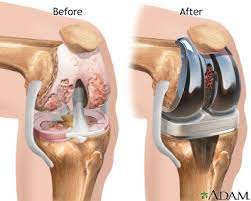
 2022-07-23
2022-07-23
After any surgical procedure, Pain and Swelling are quite common. Though it is not preventable, advancements in medicine and new technology have untangled the management of these adverse residues. Pain and swelling are considered to be part of the healing process or inflammation. If you are trying to decrease those symptoms of inflammation with the help of medication, physical therapy, and simple home remedies, these can only bring temporary relief.
A similar experience goes with knee replacement surgery as well. Patients tend to experience discomfort while recovering. So, pain, swelling, bruising, and tenderness are all experienced during the process of recovery and adjustment to the new joint. Thankfully, there are many options you can try for pain management after undergoing knee replacement.
Here are some procedures and tips to be followed for managing pain, swelling, and bruises after knee replacement surgery. As most of the tips are valid for all the three issues, pain management conforms to all those overlapping tips of the other two:
PAIN MANAGEMENT:
To be able to follow proper Knee Alignment, you have to follow the instructions given by the doctor on how to position your knee after the surgery. Usually, the doctor advises keeping the knee straight without bending whether you are sleeping or sitting. Maintaining the proper knee alignment speeds up the recovery but has to undergo the phase of initial uncomfortableness.
Avoid stiffing of the joint by not staying in the same position for more than 45 minutes. If it is important for you to get the feel of the joint, take the doctor’s approval to try walking in the hospital itself. Blood flow to the injured area will be abundant with walking and other physical activity. With the increased blood flow, pain can be reduced and healing will be faster.
Try to walk after every 2 hours while at home after shifting from the hospital. Avoid bumpy tracks and routes which are uneven while walking which will disorient the joint. Staircase climbing and descending are not at all recommended during the initial days after the surgery.
Doctors may prescribe a few pain killers to alleviate pain and swelling. Avoid extra doses and strictly follow the doctor’s instructions to take medicines as prescribed.
A special type of compression stocking is recommended for the first few weeks after surgery, that prevents swelling and decreases the occurrence of blood clots on the surgery performed leg.
Elevating the leg might reduce the pain or swelling. Raising the leg above heart level by keeping pillows under the knee and legs give comfort.
Starting with a few movements after the surgery and initiating physical therapy is an effective way to reduce pain and enhance the benefits of the new joints in a short period. Though uncomfortable in the beginning, and wanted to rest the knee, it is not advisable to completely halt its movement.
A physical therapist will be allotting a personal exercise schedule on moving the joints safely. Initially, it will be difficult but you have to keep in mind that if the joint is immobilized for a longer period, it deters the healing process.
It is always advisable to attend the scheduled follow-up appointments. Depending upon the progress of your knee, the doctor might alter the schedule of the exercises and medication.
MANAGING SWELLING:
Swelling is a usual process during healing. Many people face mild to severe swelling in the initial few days or weeks after the operation and low to moderate swelling for 3 to 6 months after surgery.
Ice packs or cold compresses are effective ways to deal with swelling and inflammation in and around the knee joint. Your doctor may prescribe using ice packs for at least 20 minutes every time a day for 4-5 times. Avoid using ice packs if there is no improvement, after consulting with your orthopedist. Applying heat might also help but only after some weeks of surgery. To be safe, consult your doctor before proceeding further.
If there is a sign of a blood clot or infection or severe swelling of the knee joint, consult the doctor immediately.
DEALING WITH BRUISING
A purplish discoloration indicating the blood cluster around the operated part under the skin is called bruising. It might be formed around the knee and would last for 1-2 weeks after the surgery.
A blood thinner would be given by the doctor to avoid thrombosis which would add to the bruising effect.
Though bruising will subside over time, it adds tenderness to the operated part. By elevating your leg, the bruising and other inflammation signs can be reduced.
As you might have already heard, compression stockings will be provided while in hospital which are like socks, and will be asked to wear for at least 1-2 weeks to get rid of clots and pain risks.
Pain and swelling will be controlled when the operated leg is elevated above the heart level by using pillows underneath the leg especially, the knee.
Doctors might prescribe some topical medicated ointments to be applied on the knee, which would reduce the pain and aid you to have a comfortable sleep during the night. Ointments with chemical ingredients such as menthol, capsaicin, or salicylates will be used which relieves pain effectively when applied to the skin.
 What’s Causing That Itchy Feeling in Your Ears? 2024-09-21 by : Prasidh Hospitals
What’s Causing That Itchy Feeling in Your Ears? 2024-09-21 by : Prasidh Hospitals
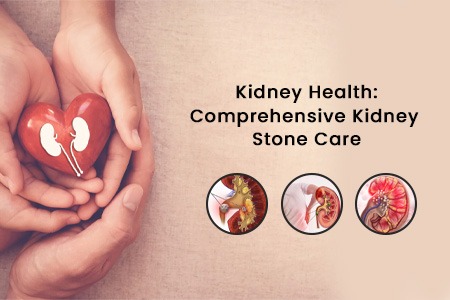 Kidney Health Comprehensive Kidney Stone Care 2024-09-20 by : Prasidh Hospitals
Kidney Health Comprehensive Kidney Stone Care 2024-09-20 by : Prasidh Hospitals
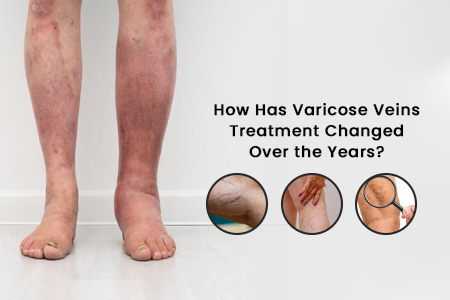 How Has Varicose Veins Treatment Changed Over the Years? 2024-09-18 by : Prasidh Hospital
How Has Varicose Veins Treatment Changed Over the Years? 2024-09-18 by : Prasidh Hospital
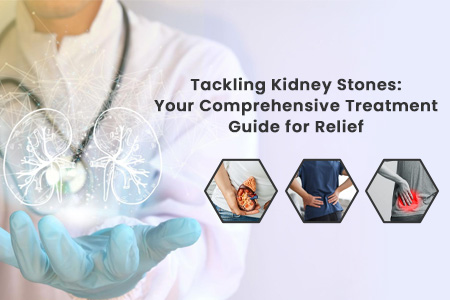 Tackling Kidney Stones Your Comprehensive Treatment Guide for Relief 2024-08-21 by : Prasidh Hospital
Tackling Kidney Stones Your Comprehensive Treatment Guide for Relief 2024-08-21 by : Prasidh Hospital
 Heartburn Symptoms, Causes, Risks, and Treatment 2024-08-20 by : Prasidh Hospital
Heartburn Symptoms, Causes, Risks, and Treatment 2024-08-20 by : Prasidh Hospital
 Mosquito-Related Diseases Symptoms, Causes, and Preventive Tips 2024-08-16 by : Prasidh Hospital
Mosquito-Related Diseases Symptoms, Causes, and Preventive Tips 2024-08-16 by : Prasidh Hospital
 Understanding ADHD in Children Signs, Symptoms, and Treatment 2024-07-11 by : Prasidh Hospitals -
Understanding ADHD in Children Signs, Symptoms, and Treatment 2024-07-11 by : Prasidh Hospitals -
 Pregnancy Planning Preparing for a Healthy Pregnancy 2024-07-11 by : Prasidh Hospitals -
Pregnancy Planning Preparing for a Healthy Pregnancy 2024-07-11 by : Prasidh Hospitals -
 Understanding High Blood Pressure Causes, Risks, and Management 2024-07-11 by : Prasidh Hospitals -
Understanding High Blood Pressure Causes, Risks, and Management 2024-07-11 by : Prasidh Hospitals -
 Understanding Hormonal Imbalances Causes, Symptoms, and Treatments for a Balanced Life 2024-05-27 by : Prasidh Hospital
Understanding Hormonal Imbalances Causes, Symptoms, and Treatments for a Balanced Life 2024-05-27 by : Prasidh Hospital
 Navigating Orthopaedic Surgery Procedures, Recovery, and Benefits 2024-05-25 by : Prasidh Hospital
Navigating Orthopaedic Surgery Procedures, Recovery, and Benefits 2024-05-25 by : Prasidh Hospital
 Boosting Your Child's Immune System Paediatric Advice for a Healthy Future 2024-05-24 by : Prasidh Hospital
Boosting Your Child's Immune System Paediatric Advice for a Healthy Future 2024-05-24 by : Prasidh Hospital
 Joint Replacement Surgery: What to Expect and How to Prepare 2024-04-12 by : Prasidh Hospital
Joint Replacement Surgery: What to Expect and How to Prepare 2024-04-12 by : Prasidh Hospital
 The Vital Importance of Regular Gynecologist Check-ups for Women's Health 2024-03-06 by : Prasidh Hospital
The Vital Importance of Regular Gynecologist Check-ups for Women's Health 2024-03-06 by : Prasidh Hospital
 The Lifesaving Role of Neonatal Intensive Care Units (NICUs) for Premature Babies 2024-03-07 by : Prasidh Hospital
The Lifesaving Role of Neonatal Intensive Care Units (NICUs) for Premature Babies 2024-03-07 by : Prasidh Hospital
 A Comprehensive Guide to Joint Replacement Surgery Preparing for the Journey Ahead 2024-03-04 by : Prasidh Hospital
A Comprehensive Guide to Joint Replacement Surgery Preparing for the Journey Ahead 2024-03-04 by : Prasidh Hospital
 Breaking Down Osteoporosis Maintaining Bone Health 2024-02-16 by : Prasidh Hospital
Breaking Down Osteoporosis Maintaining Bone Health 2024-02-16 by : Prasidh Hospital
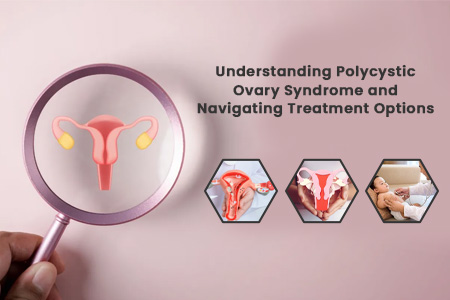 Understanding Polycystic Ovary Syndrome and Navigating Treatment Options 2024-02-16 by : Prasidh Hospital
Understanding Polycystic Ovary Syndrome and Navigating Treatment Options 2024-02-16 by : Prasidh Hospital
 Protecting Precious Lives Neonatal Pneumonia and Promoting Prasidh Hospital's Expert Care 2024-02-09 by : Prasidh Hospital
Protecting Precious Lives Neonatal Pneumonia and Promoting Prasidh Hospital's Expert Care 2024-02-09 by : Prasidh Hospital
 Rediscovering Sound A Journey through Hearing Loss Solutions at Prasidh Hospital 2024-01-29 by : Prasidh Hospital
Rediscovering Sound A Journey through Hearing Loss Solutions at Prasidh Hospital 2024-01-29 by : Prasidh Hospital
 Unveiling Solutions for PCOS Prasidh Hospitals Holistic Approach to Womens Health 2024-01-25 by : Prasidh Hospital
Unveiling Solutions for PCOS Prasidh Hospitals Holistic Approach to Womens Health 2024-01-25 by : Prasidh Hospital
 Challenges of ADHD Prasidh Hospital's Comprehensive Approach to Care 2024-01-24 by : Prasidh Hospital
Challenges of ADHD Prasidh Hospital's Comprehensive Approach to Care 2024-01-24 by : Prasidh Hospital
 Understanding Acid Peptic Disease Symptoms, Causes, and Treatment 2023-12-29 by : Prasidh Hospital
Understanding Acid Peptic Disease Symptoms, Causes, and Treatment 2023-12-29 by : Prasidh Hospital
 Nurturing Healthy Appetites A Guide to Improving Your Child's Eating Habits 2023-12-27 by : Prasidh Hospital
Nurturing Healthy Appetites A Guide to Improving Your Child's Eating Habits 2023-12-27 by : Prasidh Hospital
 Nourishing Pregnancy Foods to Avoid for a Healthy Journey 2023-12-20 by : Prasidh Hospital
Nourishing Pregnancy Foods to Avoid for a Healthy Journey 2023-12-20 by : Prasidh Hospital
 Identify the Symptoms of Allergy and Asthma A Comprehensive Guide 2023-12-13 by : Prasidh Hospital
Identify the Symptoms of Allergy and Asthma A Comprehensive Guide 2023-12-13 by : Prasidh Hospital
 Hyderabad's Solution to Dry Mouth Problems Expert Care 2023-11-28 by : Prasidh Hospital
Hyderabad's Solution to Dry Mouth Problems Expert Care 2023-11-28 by : Prasidh Hospital
 Strengthening Your Foundation: Osteoporosis Safety and Prevention Tips 2023-11-15 by : Prasidh Hospital
Strengthening Your Foundation: Osteoporosis Safety and Prevention Tips 2023-11-15 by : Prasidh Hospital
 Maximizing Your Chances of a Normal Delivery: Tips for a Healthy Pregnancy 2023-11-07 by : Prasidh Hospital
Maximizing Your Chances of a Normal Delivery: Tips for a Healthy Pregnancy 2023-11-07 by : Prasidh Hospital
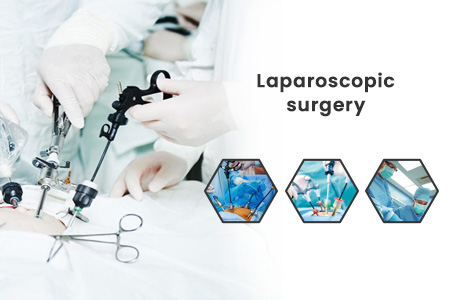 Laparoscopic surgery 2023-07-04 by : prasidhhospitals
Laparoscopic surgery 2023-07-04 by : prasidhhospitals
 How to Manage Pain Swelling 2022-07-23 by : admin
How to Manage Pain Swelling 2022-07-23 by : admin
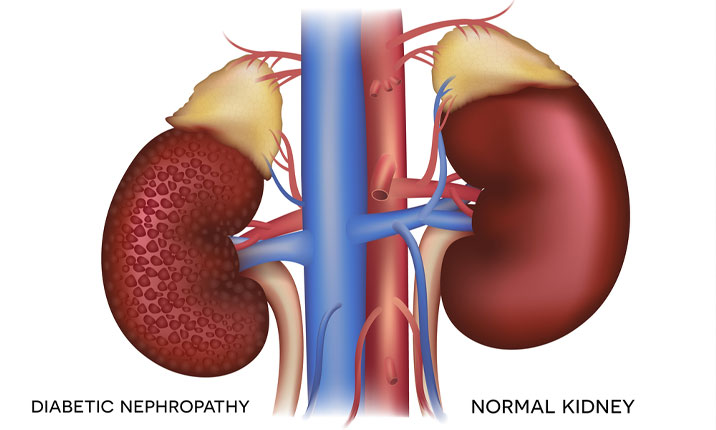 kidney health and diasbetes 2022-07-23 by : Admin
kidney health and diasbetes 2022-07-23 by : Admin
 how to increase the chances of normal delivery? 2022-07-23 by : admin
how to increase the chances of normal delivery? 2022-07-23 by : admin
Copyright © Prasidh rights reserved.